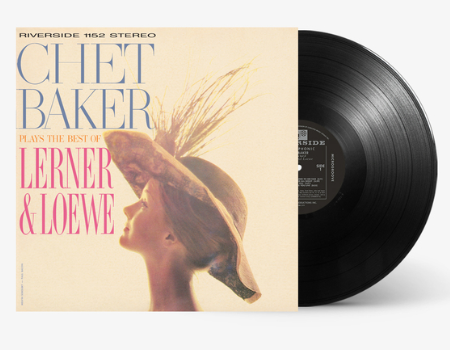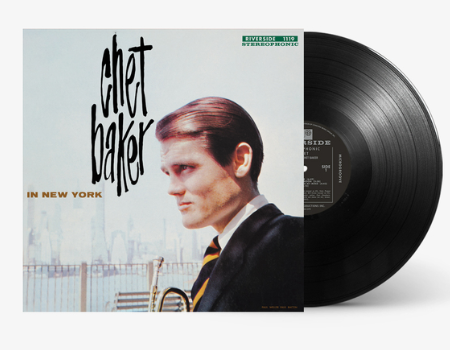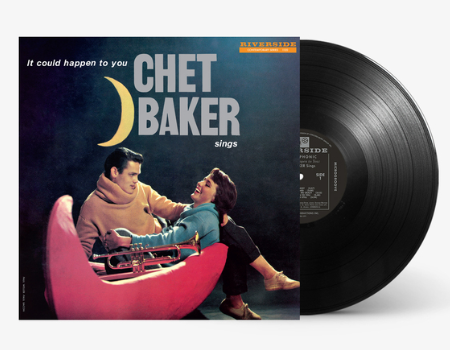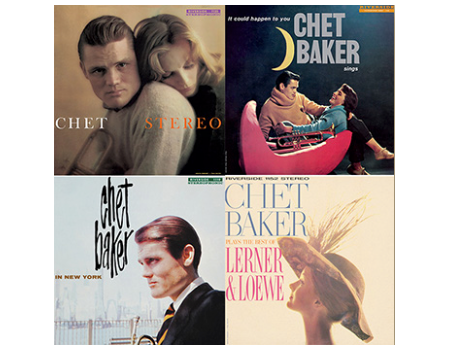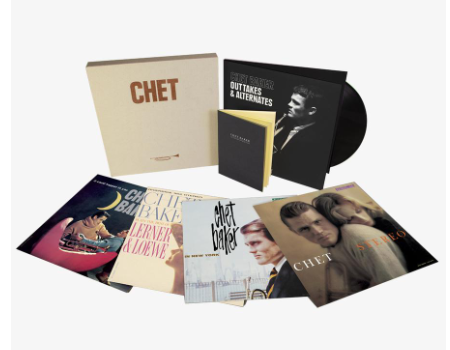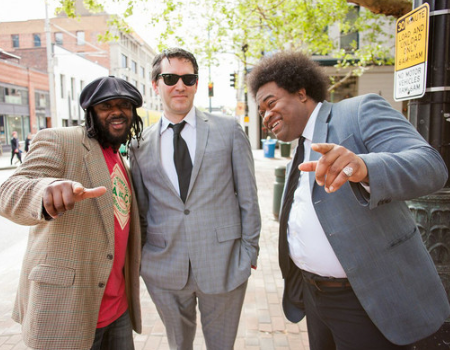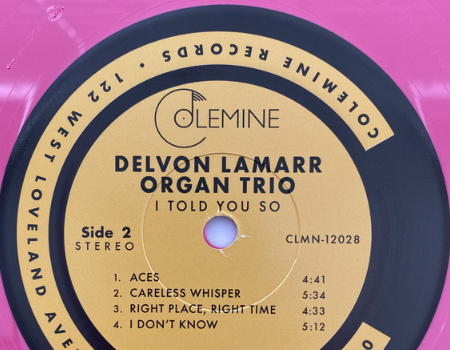-
×
 Easy Groove Enzycaster - vinyl records prewash cleaner
2 × €25.00
Easy Groove Enzycaster - vinyl records prewash cleaner
2 × €25.00 -
×
 Audiophile Vinyl Records Cleaning Bundle
1 × €40.00
Audiophile Vinyl Records Cleaning Bundle
1 × €40.00 -
 Vinyl Records Cleaner Easy Groove Concentrate
1 × €25.00
Vinyl Records Cleaner Easy Groove Concentrate
1 × €25.00 -
 Easy Groove Enzycaster - vinyl records prewash cleaner
1 × €25.00
Easy Groove Enzycaster - vinyl records prewash cleaner
1 × €25.00
In part one of my exploration of the new Chet Baker vinyl reissues from Craft Recordings, I discussed the need for these still remarkably rare recordings to be offered again in high quality, audiophile-worthy editions. I also explored the album Chet Stereo in some detail, my favorite release of the series. In case you missed that first review, please click here to jump to it as there is some information there you may find interesting.
Generally, these reissues are consistently quite beautiful — clean and rich, some delivering a nice sense of air around the music. The pressings are dead quiet, so there are no issues with quality controls that I can see/hear. Each of these albums are pressed in 180-gram vinyl at the respected RTI manufacturing plant.
While I don’t have original pressings to compare these albums to, I suspect these new masters are a bit brighter than the 1958-59 editions (less compression used in in mastering, higher quality vinyl, audiophile grade pressing, etc.). In general these albums sound nice, a couple of them might even become demo discs for some of you.
Chet Baker Plays The Best Of Lerner and Loewe
Listening to Chet Stereo, I realized that one of the things I like most about Chet Baker’s trumpet playing is his buttery lyricism which shines on slower paced tunes. His phrasing is masterful and I enjoy being able to relish every note. That said, Chet Baker Plays The Best Of Lerner and Loewe is my second favorite among these reissues as it — in some ways — continues the cool West Coast vibe. Some of the connective glue to both albums is the presence of piano legend Bill Evans who anchors about half of this collection. While not all of the arrangements of the Lerner and Loewe classics from My Fair Lady are entirely to my liking — I prefer treatments by Oscar Peterson and Shelly Manne from that period — in general Chet’s playing is sublime throughout. Having support from Zoot Sims and Pepper Adams on saxophones doesn’t hurt either.
This is an interesting affair which at times approaches the fantastic (my third favorite in the series). A sweet set, here Chet is backed by a stellar rhythm sections featuring no less than Philly Joe Jones on drums and Paul Chambers on bass. True to the title and intent of the album, this pairs Baker — ‘the most notable of “cool” West Coast stars’ according to the liner notes — with some of the best East Coast players of the period. Accordingly, this swinging set at times gets into some harder bop flavors and Baker rises to the occasion, no doubt. But I think he is in his sweet spot on the more laid back arrangements which inject a shot of East Coast energy beneath the chill West Coast vibe. Tracks like “Soft Winds” and “Blue Thoughts” are smokey and rich. Baker likewise finds that comfort zone on Miles Davis’ “Solar.” “Polka Dots & Moonbeams” has some beautiful soloing on it.
It Could Happen To You – Chet Baker Sings
Don’t hate me folks, but I wanted to like this album more than I did (gasp! blasphemy!). I’m not a huge fan of Chet’s singing but I do love his Trumpet playing. However, on this album I did come to appreciate his very horn like “scat” vocalizing — it is at those points in the album that his voice comes alive and rings true to my ear. Sure his timing and phrasing is quite nice but I find his voice just a a bit too clean for my tastes.
Its a little like the difference between Ella Fitzgerald or Sarah Vaughan, with Sarah perhaps having a more raw technique but bringing out an — and this is just my opinion folks, not the gospel! — more street-wise jazz feel than Ella’s crisp precision. Or consider two singers which Chet’s voice reminds me of: June Christy and Chris Connor.
I find June has more swing and some of that Sarah-like sassiness in her interpretations as opposed to Chris’ coloring-within-the-lines approach. So Chet — for me at least — feels a bit more like a male Chris Connor. And for many of you that may be a good thing!
For me, I’d rather simply listen to his horn playing. Still, its nice to finally hear this album which is highly revered and does indeed sound great from a listening standpoint.
All four of these new releases are in high demand. In fact, many of the pre-orders seem to be sold out already! Check back at Amazon by clicking the links embedded in the titles here (above) or here. Also check Craft Recording’s website in case they announce a repressing.
If you have trouble finding these Craft Recordings reissues online, check with your favorite music stores. You can also find them streaming in 96 kHz, 24-bit MQA (click here) via Tidal and at 192 kHz, 24 Bit High Res via Qobuz (click here).

 Audiophile Vinyl Records Cleaning Bundle
Audiophile Vinyl Records Cleaning Bundle  Vinyl Records Cleaner Easy Groove Concentrate
Vinyl Records Cleaner Easy Groove Concentrate 
